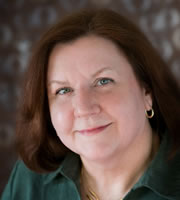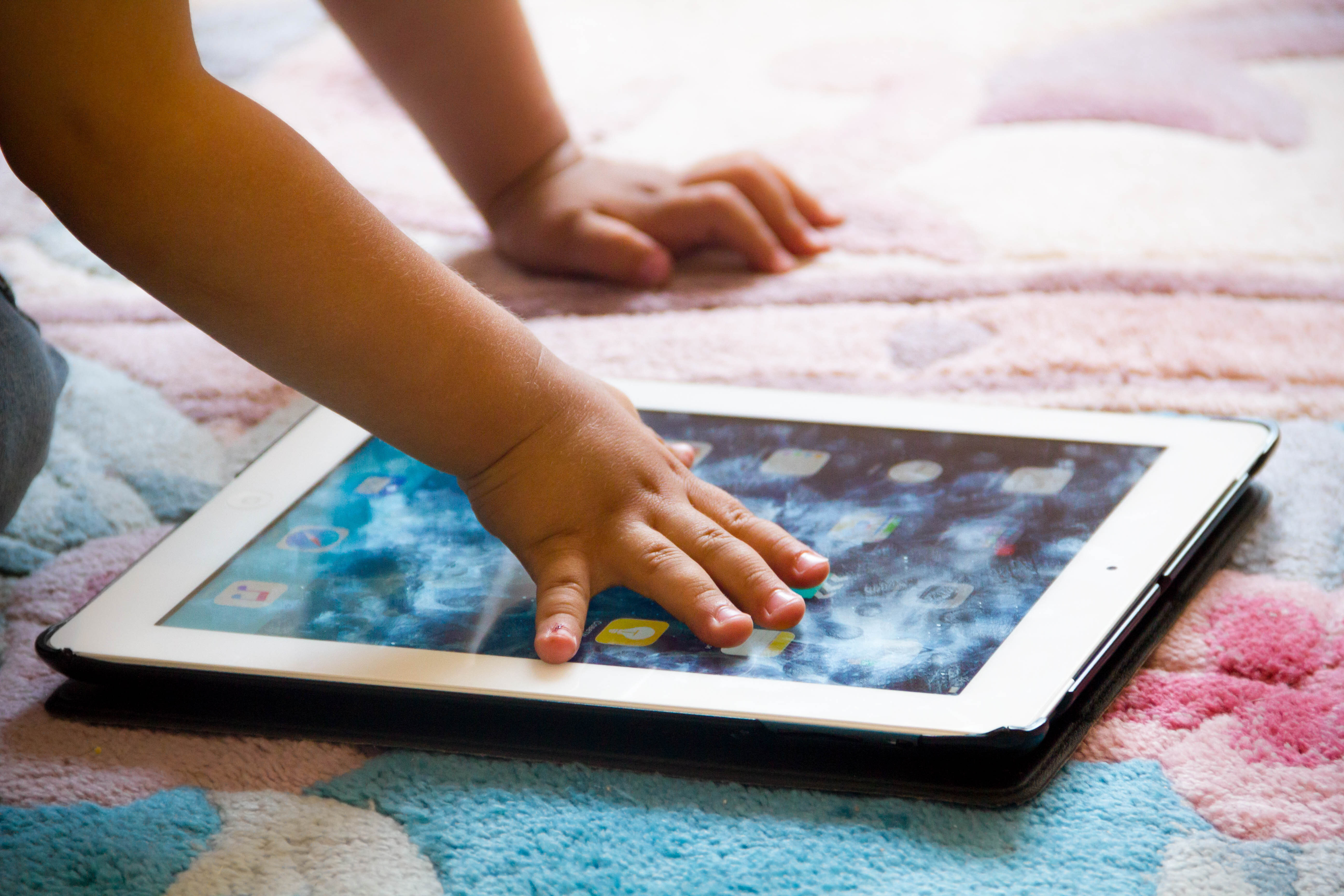A recent report from the Urban Institute reminds us that about 25 percent of preschool-age children are growing up speaking a language other than English, and this is the fastest growing segment of our population. Many preschool programs find they have three or more languages spoken--often in one classroom! Sometimes it is difficult for programs to keep up with the needs of diverse children and their families. Luckily, there are some online and technology resources that can help you respond to changing language needs at a moment's notice. That's why I recommend enhanced technology in programs that serve children who speak different languages.
1. Visit www.colorincolorado.org for many free and informative resources for teachers as well as bilingual activities for children and parents.
2. Use a mini digital recorder, digital camera, or even your mobile phone to record the speech of children who speak languages other than English, so you can ask parents or colleagues to translate later. You can save the recordings for the child's portfolio assessment.
3. Use Skype to connect with children or relatives in other countries via video chat on your computer. You'll need a computer with a webcam and microphone and internet access. This is a great way to help each child practice conversations in his or home language and to learn more about different cultures.
4. Did you know that many public libraries host a program called Tumblebooks on their websites? It is free to members and usually has online books and activities in multiple languages. Another multilingual literacy site, the International Children's Digital Library, can be found at www.icdl.org.
5. GoogleTranslate is a free online service that lets you translate words or phrases and hear them pronounced. Of course, any computer-based translation could be inaccurate for your use, so be sure to check with a fluent speaker before depending on it. This can be a good way to look up key words in books or songs or for labeling things in the classroom.
6. Another useful technology tool is your good old CD player--or your new iTunes account. These can be great ways to incorporate music in different languages. Look for favorite children's artists such as Miss Jackie Silberg. Artists often share music that can bridge language and cultural differences. Also, ask families to share authentic family favorites to add to your collection. Music is a great way to build language and literacy development.
These ideas and many more are covered in my book Many Languages, One Classroom: Teaching Dual and English Language Learners and in my book with coauthor Fran Simon, Digital Decisions: Choosing the Right Technology Tools for Early Childhood.

This post was contributed by Karen Nemeth. Karen earned her BA in Psychology from William Paterson University and her MEd in Learning, Cognition and Development from Rutgers University. She has been a teacher and a teacher educator for more than 25 years, focusing her expertise on first- and second-language development in young children. She is a nationally known speaker and consultant based at www.languagecastle.com.
Author(s)Fran Simon, Karen N. Nemeth
Ashleigh Craven
Ashleigh Craven has a decade and a half of diverse category experience from agency communications to athletic apparel to automotive to education, developing and executing communication strategies in both traditional and social media. She has supported national product launches and corporate events for the likes of Soffe, Buick, Chevrolet, Wake Forest University , Kaplan, and others. She has an BA from the University of Michigan in English and Communication Studies and an MA from Wake Forest University, where she focused her studies on argumentation and presidential rhetoric and speechwriting. She served as director of marketing for Gryphon House from 2017- 2020.

